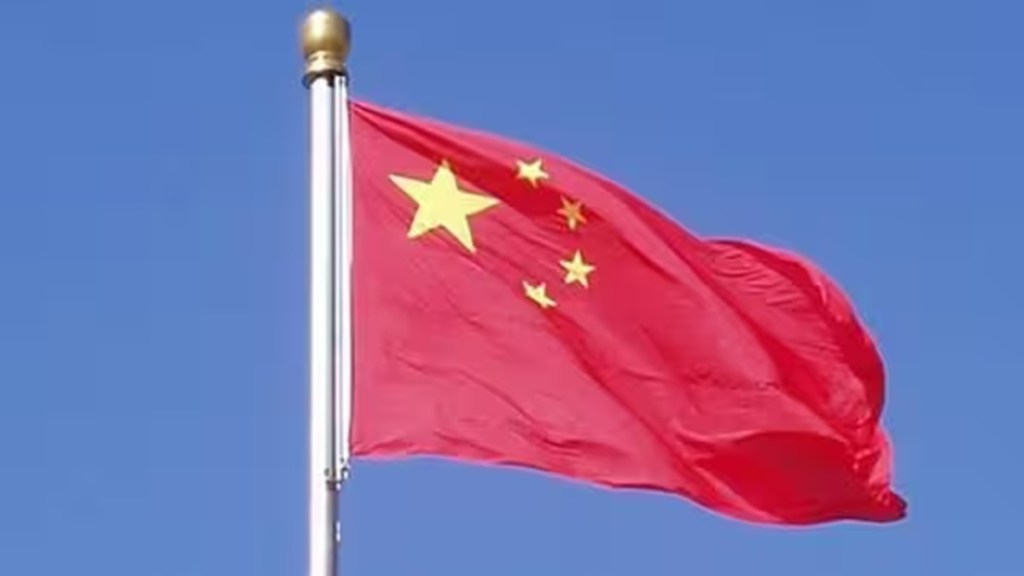By K Mohandas
Among the several events on the margins of the G20 summit meeting in Delhi, the most significant was the signing of the MoU on the India-Middle East-Europe Economic Corridor (IMEC). The Partnership for Global Infrastructure and Investment (PGII) had been launched by the EU, the US, and Indonesia during the G20 summit in Bali last year to support infrastructure projects worldwide. The IMEC follows up on it, and the signatories were the US, India, Saudi Arabia, the UAE, France, Germany, Italy, and the EU. The planned corridor would link India, Saudi Arabia, the UAE, Jordan, Israel, and the EU, with the objective of boosting trade and economic growth by integration of the South Asian, Arabian and EU markets.
IMEC is a network of multimodal transportation routes (primarily rail and maritime). Many see it as an alternative to the Chinese Belt and Road Initiative (BRI). The ‘Belt’—Silk Road Economic Belt—covers the overland routes for road and rail transportation to European countries through Central Asia along the historical trade routes; already, the China-Europe Railway lines help to ship goods to 50 cities across more than 20 countries. More than 1.08 million TEUs (twenty foot equivalent units) of freight were transported between China and Europe in the first seven months of 2023, a y-o-y rise of 27%. The Road covers the sea routes through Southeast Asia to South Asia, the Middle East and Africa.
IMEC cannot and need not emerge as a challenge or alternative to BRI, as there are fundamental differences between the two. External affairs minister S Jaishankar has stated that it is not against any country or scheme. BRI is essentially a Chinese project. IMEC is a collective and cooperative project. The MoU signed by the participating countries committed to work collectively to implement all elements of these new transit routes, and to establish coordinating entities to address the full range of technical, design, financing, legal, and regulatory standards. The ownership of the participating countries is thus joint and individual. The MoU states that ‘while expanding connectivity, it is important to ensure that connectivity initiatives are consultative, transparent and participatory with respect for sovereignty and territorial integrity of all countries. Principles of financial responsibility and economic viability to avoid the creation of unsustainable debt burden to recipients and conforming to ecological and environmental standards must be followed’. Coordinated design and implementation are necessary, especially for the land routes, to avoid pitfalls like gauge variations in the China–Europe rail lines (Russia and Kazakhstan have rail gauges different from Europe and China). The reference to debt burden is a subtle pointer to the detrimental effects of Chinese investments in several countries.
A key issue is the direction in which cargo moves. From China, the ships are fully laden, and they return in ballast or with empty containers. Similarly, trains go West with full containers and return with empties. The balance of trade is so skewed. India would also aspire to have a similar situation, but our manufacturing capabilities have a long way to go. There are reports about fatigue in the Chinese manufacturing sector, and the natural desire of the Western countries to secure their supply chains by avoiding over-reliance on China.
The IMEC comprises two separate corridors—the east corridor connecting India to the Arabian Gulf and the northern corridor connecting the Arabian Gulf to Europe bypassing the Suez Canal. It will include a to-be-constructed rail line to link UAE ports to Israel, through Saudi Arabia. Among the ports that could be connected on the west coast of India are Adani’s Mundra Port, and the private terminals in the government-owned major ports at Kandla, and Navi Mumbai. In the Middle East, the ports will be Fujairah, Jebel Ali, and Abu Dhabi in the UAE and Dammam and Ras Al Khair ports in Saudi Arabia. The Israeli port is Haifa, managed by the Adani group. At the European end, the Piraeus port in Greece is managed by China’s COSCO. Port ownership is irrelevant; only the infrastructure and the technology matter. And there is no surprise if China involves itself in the new projects.
IMEC can also enhance the movement of goods and services between Southeast Asia and West Asia/Middle East/Europe through India. India is already involving itself more with Southeast Asia through multinational organisations (BIMSTEC), policies (Act East Policy), and various treaties. India could emerge as a key hub for cargo movement between Southeast Asia and the Western world. This is where there could be competition between BRI and IMEC. The connectivity envisaged through IMEC is multifaceted, including digital and financial. The strategy includes the laying of undersea cables and telecommunication lines; submarine pipes for clean hydrogen are also envisaged.
The advantages are many. The speed of transportation could increase by as much as 40%. Trade will increase, logistics costs will go down, energy will be saved, new business opportunities will be created, new jobs will come up, emissions will be reduced, supply chains will be strengthened, and the economies involved will benefit. The geopolitical significance is also high as infrastructure connectivity and economic cooperation will bring together countries like Saudi Arabia and Israel. Besides, the development cooperation would stand out as a symbol of an alternative approach, cement our relationship with key actors in the region and beyond, and provide our industry and business with new opportunities to plug into international trade. But then, logistics corridors by themselves do not generate cargo; that challenge is for the domestic economies to face.
The writer is former secretary to GoI, the ministries of shipping and overseas Indian affairs
